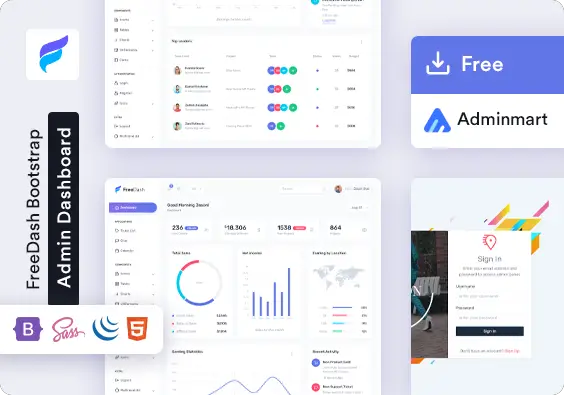ASP.NET Core: Routing in ASP.NET Core
By Tan Lee Published on Mar 16, 2020 3.05K
Routes describe how URL paths should be matched to actions. It used to generate URLs sent out in responses.
Creating a ProductController, then create a Details action as shown below.
[HttpGet]
public IActionResult Details(int id)
{
return View();
}Right-clicking on Details action, then create Details view.
Opening your Startup class, then add a configuration your default routing as shown below.
app.UseEndpoints(endpoints =>
{
endpoints.MapControllerRoute(
name: "default",
pattern: "{controller=Home}/{action=Index}/{id?}");
endpoints.MapRazorPages();
});Running your project, then move to Product/Details/1
If everything works well you will see that the parameter from routing is passed to the action.
Do the same way, create a new Edit action
[HttpGet]
public IActionResult Edit(int productId)
{
return View();
}You will not see routing passed to the action, because we configured the parameter to be Id instead of productId
Route attribute asp.net core
You can use route attribute asp.net core to modify your code as shown below.
[HttpGet("{productId}")]
public IActionResult Edit(int productId)
{
return View();
}or using constraints routing.
[Route("Product/Edit/{productId:int}")]
public IActionResult Edit(int productId)
{
return View();
}Running your project, then move Product/Edit/2
You can see your parameter from url passed to your action.
Creating a SearchByProduct api as shown below.
[Route("Product/Search/{category}/{keyword}")]
public string[] SearchByProducts(string category, string keyword)
{
return new[]
{
$"{category}, {keyword}"
};
}Pressing F5 to run your project, then move Product/Search/furniture/tv
You can also modify your routing as RESTful Routes.
api/product/search/furniture/camera
[Route("api/[controller]")]
public class ProductController : Controller
{
//...
}and modify your action route
[Route("Search/{category}/{keyword}")]
public string[] SearchByProducts(string category, string keyword)
{
return new[]
{
$"{category}, {keyword}"
};
}or you can also expand your default routes by modifying your configuration.
app.UseEndpoints(endpoints =>
{
endpoints.MapControllerRoute(
name: "default",
pattern: "{controller=Home}/{action=Index}/{id?}");
endpoints.MapControllerRoute(
name: "api",
pattern: "api/{controller}/{action}/{id?}");
endpoints.MapRazorPages();
});The MapControllerRoute method allows you to define routes for your application, and you can call it multiple times to set multiple your route template.
- How to Initialize TagHelpers in ASP.NET Core with Shared Data
- Boost Your ASP.NET Core Website Performance with .NET Profiler
- The name 'Session' does not exist in the current context
- Implementing Two-Factor Authentication with Google Authenticator in ASP.NET Core
- How to securely reverse-proxy ASP.NET Core
- How to Retrieve Client IP in ASP.NET Core Behind a Reverse Proxy
- Only one parameter per action may be bound from body in ASP.NET Core
- The request matched multiple endpoints in ASP.NET Core





